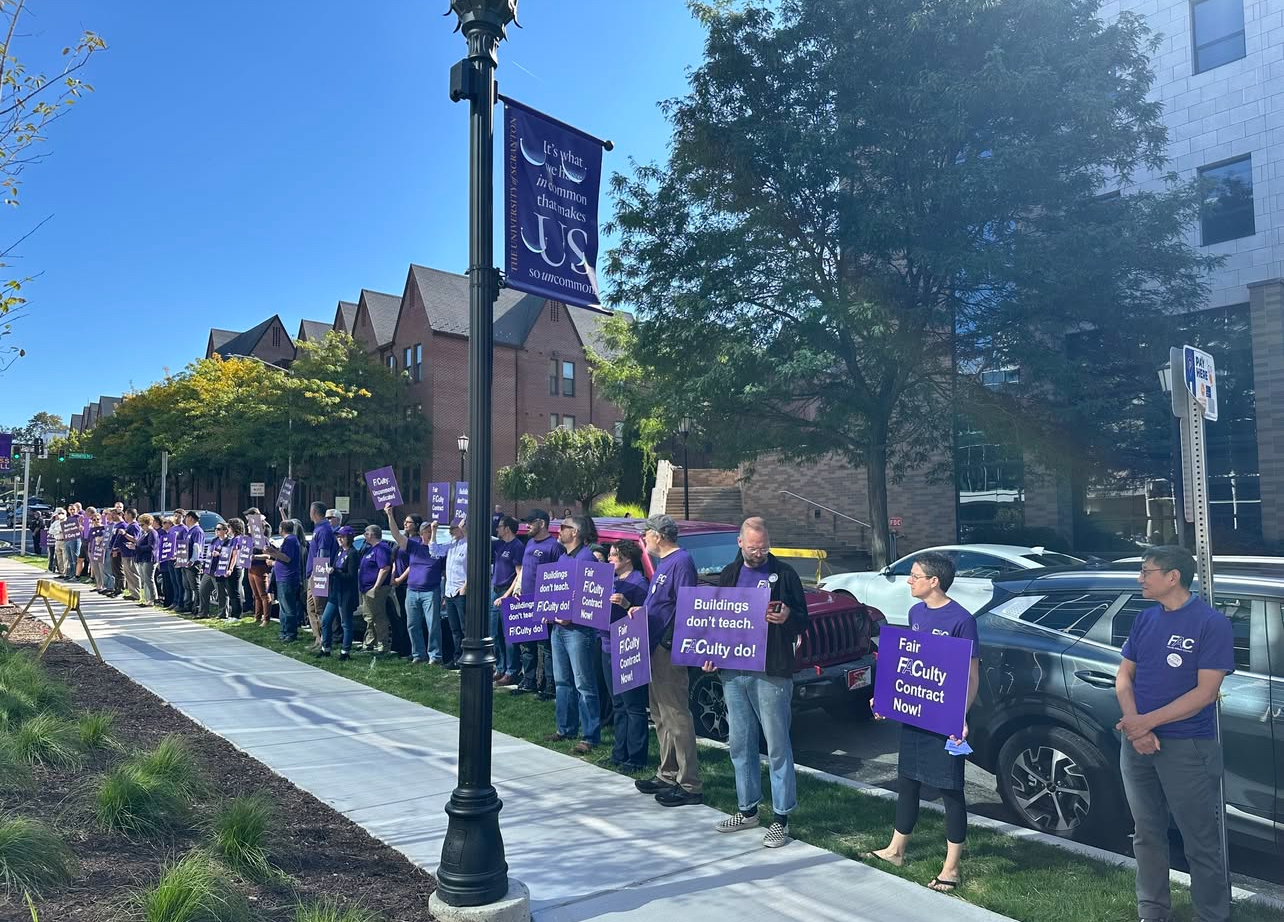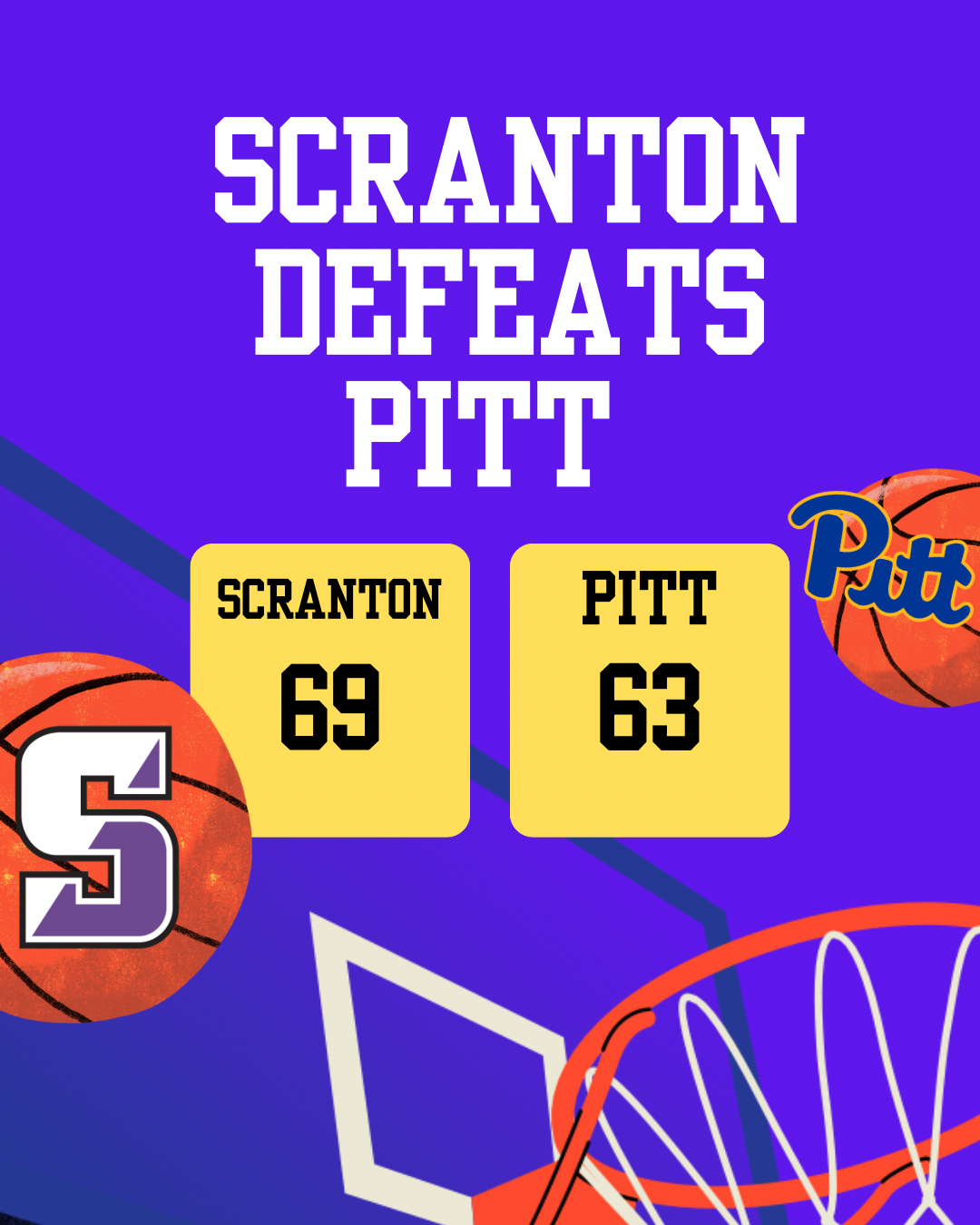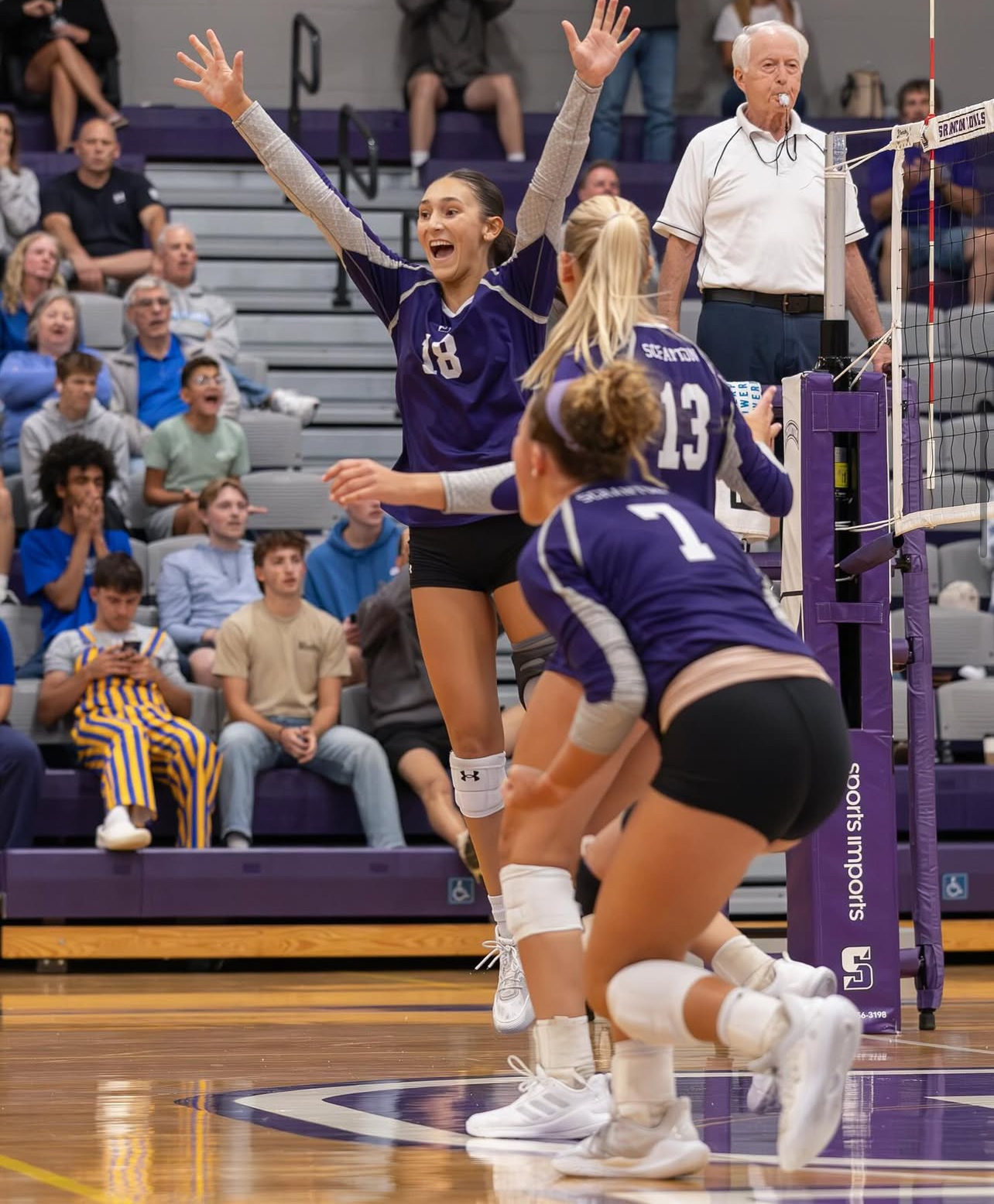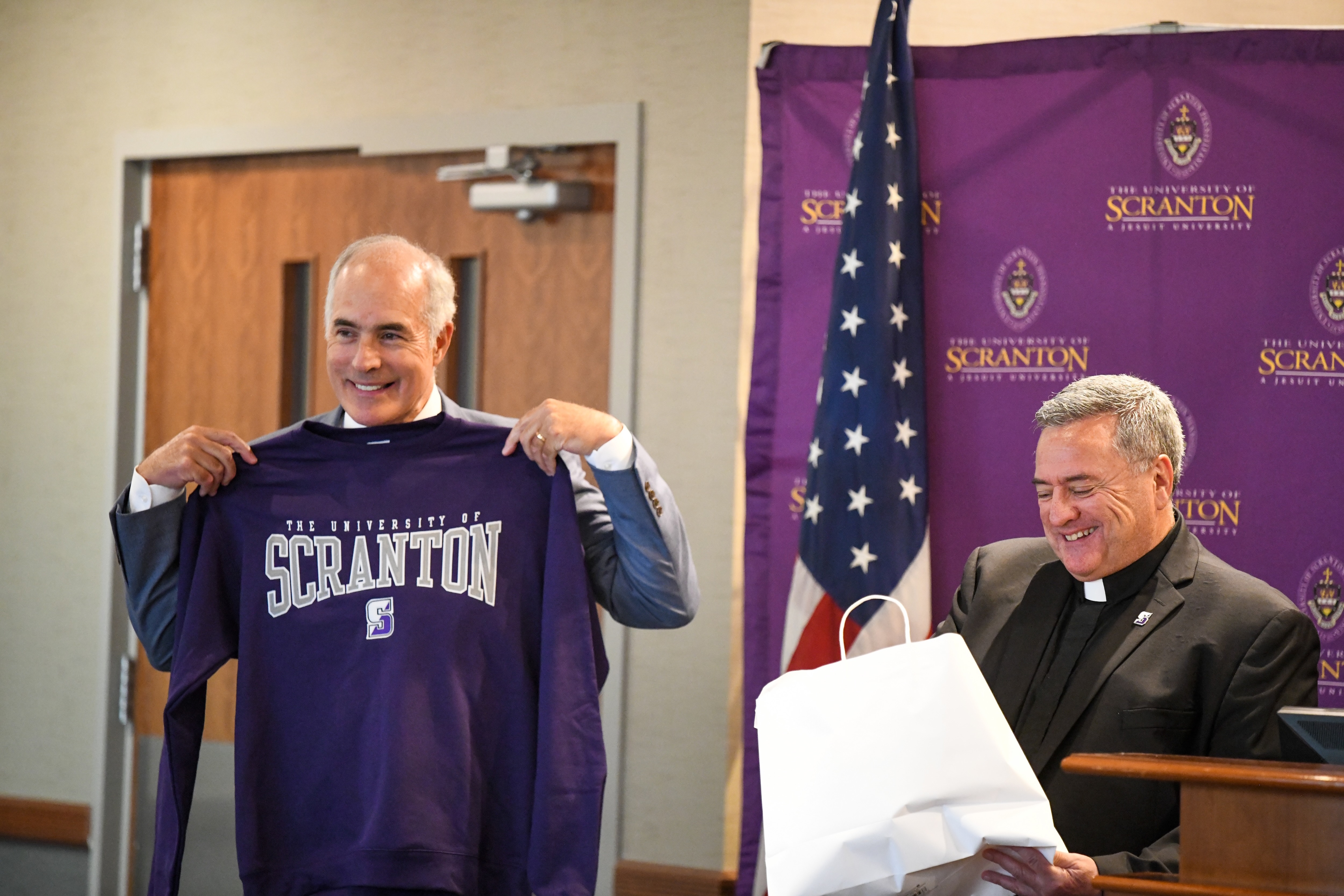Scranton’s football team is famous for being “undefeated since 1960,” but only because the team has been disbanded since that very year.
This may be a fact that might come as a surprise to new university students who are not up to date on what is going on with athletics. Upperclassmen are aware of our lack of a football team, but new and old students alike wonder: why?
For background, the team was established in 1893, according to the University of Scranton Archives and Special Collections. At that time, the University of Scranton was called “St Thomas College,” and the football team was called the Tomcats.
However, they did not have an official schedule until 1898, and the team played numerous (but mostly unrecorded) games until 1909, when football was banned to prevent injury. The game came back in 1910 but was banned again in 1911.
Football was brought back to the college in 1917, but the team was still poorly organized and did not bring much of a profit. Change came in 1926, when St. Thomas College became accredited and recent University of Pittsburgh graduate Jack Harding became coach.
With Harding’s skill—and a critique from a 1927 Aquinas article telling the school it needed to offer more support—the team improved slightly. They began playing other four-year schools and opened a training camp. There were a few years in a row with mostly losses as the team adjusted but achieved a 7-1 record in 1933.
Another good year was 1936, which also happened to be the year that students could bring their girlfriends to the games. At the time, women could not actually attend the university until 1938, and that was only for evening and summer classes until 1972.
Harding left his position as coach in 1937, and Tom Davies, a former head coach at the University of Rochester, replaced him. The Tomcats saw a 6-1-1 record that year and adjusted to their school’s transition from St Thomas College to the University of Scranton the next. Under Davies, the team saw mostly victories until 1940, when he was replaced by the former assistant coach Robert “Pop” Jones. School spirit and team numbers took a dip when the US joined World War 2. Pete Carlesimo became the head coach in 1943, but the season was canceled.
In 1946, the “Tomcats” became the “Royals,” and school spirit picked up the following year. Two players, Len Modzelesky and Mike DeNoia signed contracts with the San Francisco 49ers in 1948, which was a good season. The 1950 season was a success, but the 1951 season was disturbed by team members getting drafted into the Korean War. Despite successful seasons 1952 through 1955, game attendance was far too low.
Unfortunately, poor records and game turnout led to the football team being discontinued in 1961. The team was far too costly to maintain since very few people went to the games. The university president at the time partially blamed the onset of television, preventing people from wanting to watch games in person. At the end of it all, the football team’s record was 164-110-19. Intramural football was played until the 1970’s.
This history explains why our university lacks a team, and many students are unaware of this background. In fact, some current students were completely unaware of the lack of football when they applied to the university.
Sophomore nursing major Sarah Wynne said it did not bother her that the university does not have a football team.
“I didn’t know there was a football team, but once I found out it didn’t really matter. I knew this school was great for my major nursing,” Wynne said.
Others were aware that there was no team but had different opinions about a team’s return.
First-year student Johann Batista said that they are not hoping for a return of the team.
“I was aware there was no football team, but I do not wish there was one,” Batista said.
Sophomore Connor Farrington, who played football in high school, said he would take advantage of being able to attend football games if the university still had one.
“I knew there was no football, but that doesn’t mean I don’t miss it. If a team were to be established here, I would definitely go to as many games as I could—I might even try out,” Farrington said.
There is the question of funds, of course, and where the games would be played, and who would be on the team. But these are all hypothetical—first let's see if we can work together to get the university on board.










